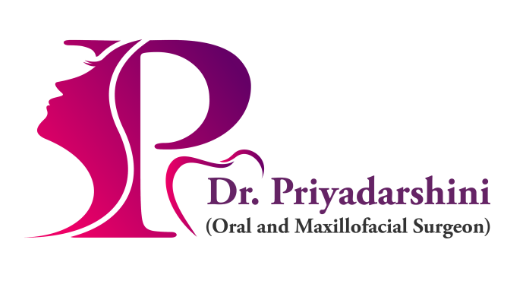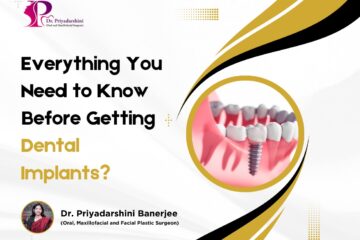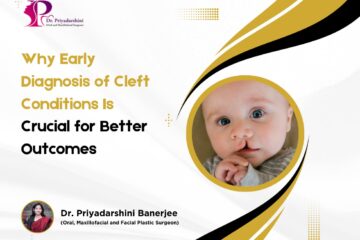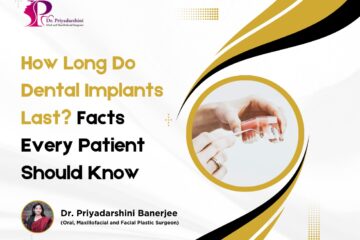Understanding the Difference Between Cleft Lip and Cleft Palate
Cleft lip and cleft palate are common birth conditions that affect the face and mouth. Many people use the terms interchangeably, but they are actually different conditions. Understanding the difference between a cleft lip and a cleft palate is important for parents, caregivers, and anyone seeking medical guidance.
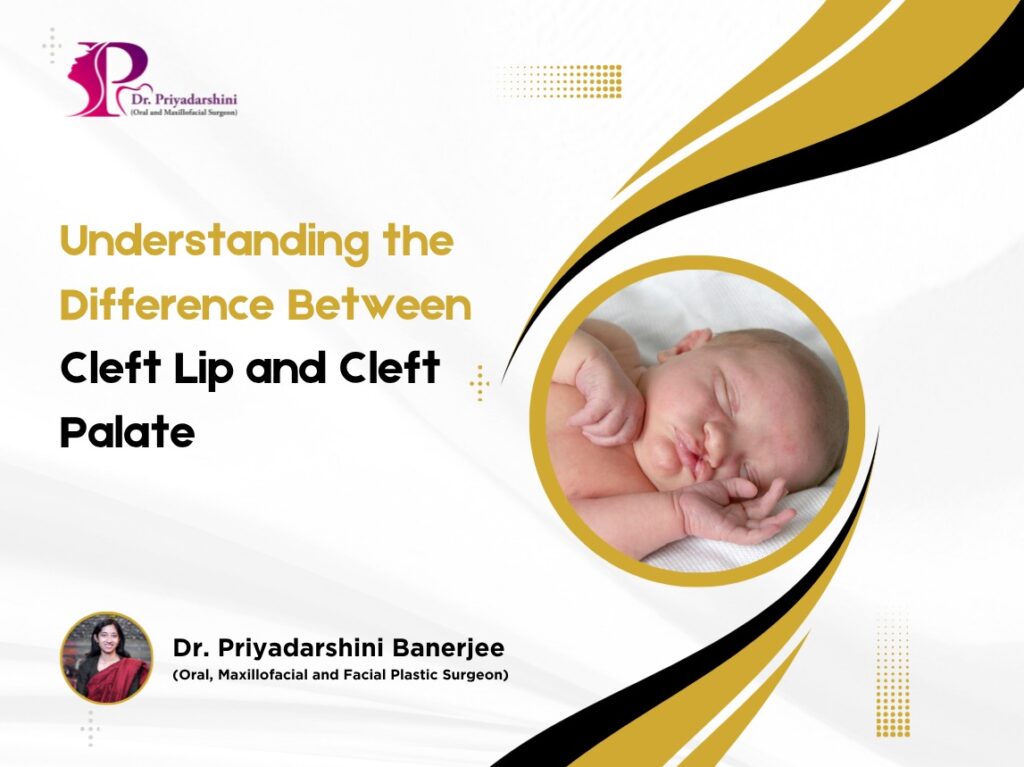
What is a Cleft Lip?
A cleft lip happens when the tissues that form the upper lip do not completely join during pregnancy. This results in a visible gap in the lip. The cleft can be small, like a notch, or extend all the way up into the nose.
- It may occur on one side (unilateral) or on both sides (bilateral).
- A cleft lip can appear with or without a cleft palate.
- It mainly affects the appearance of the face but can sometimes cause feeding difficulties.
What is a Cleft Palate?
A cleft palate occurs when the tissues forming the roof of the mouth do not close fully before birth. This creates an opening in the hard palate (front part), the soft palate (back part), or both.
- It can occur with or without a cleft lip.
- Children with cleft palate often face feeding problems, frequent ear infections, hearing difficulties, and challenges with speech development.
- Surgery and long-term care are usually required for correction.
Key Differences Between Cleft Lip and Cleft Palate
- Location: A cleft lip affects the upper lip, while a cleft palate affects the roof of the mouth.
- Appearance: A cleft lip is visible as a gap in the lip. A cleft palate may not always be visible from outside but causes an opening inside the mouth.
- Impact: Cleft lip primarily alters facial appearance, while cleft palate affects feeding, speech, and hearing more significantly.
- Occurrence: Both can occur alone, but sometimes they appear together in the same child.
Causes and Risk Factors
Cleft lip and cleft palate develop when facial tissues fail to fuse completely in the early stages of pregnancy. Factors that may contribute include:
- Family history or genetic influence
- Maternal smoking, alcohol intake, or certain medications during pregnancy
- Poor maternal nutrition, especially folic acid deficiency
- Underlying medical conditions affecting fetal growth
Treatment Options
Treatment for cleft lip and cleft palate involves surgery along with supportive therapies.
- Cleft lip surgery is usually performed between 3 and 6 months of age.
- Cleft palate surgery is generally recommended between 9 and 18 months.
- Additional care may include speech therapy, orthodontics, hearing support, and counseling to help the child develop normally.
Why Early Diagnosis Matters
Early detection of cleft lip or palate allows doctors to create a treatment plan quickly. Parents can receive guidance on feeding techniques, surgical timelines, and supportive care. Early medical attention gives children the best chance to grow, speak, and live without complications.
Final Thoughts
Cleft lip and cleft palate are two different but related conditions. A cleft lip affects the lip, while a cleft palate affects the roof of the mouth. Both can be successfully treated with modern surgical techniques and proper follow-up care.
With timely medical support, children born with these conditions can enjoy a healthy, confident, and fulfilling life.
Book an appointment today!
If you have any general or medical enquiry, feel free to contact us.
